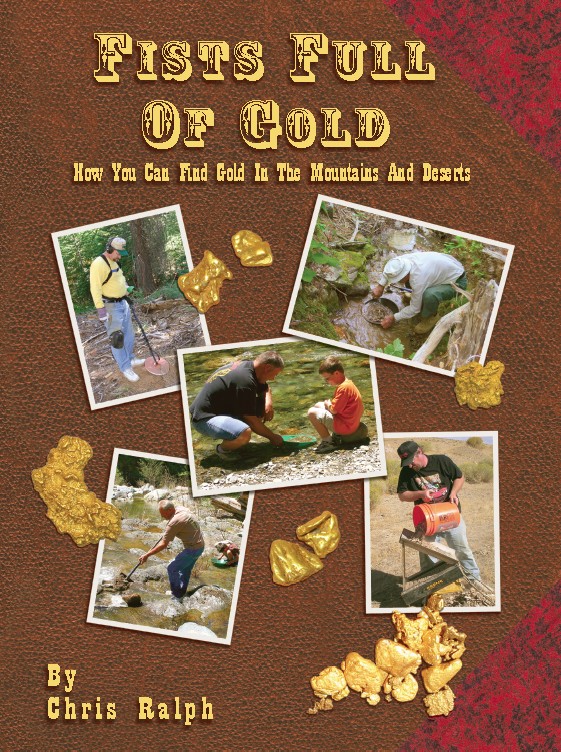| The Torngat Mountains of northern Labrador Photo by Gierdzep |
Politically Newfoundland province of Canada Labrador has been part of the Canadian Shield with some of its far north disturbed by a fairly recent orogeny that raised the Torngat Mountains Quebec Labrador and a small pert is in Nunavut Mt. Caubvick Labrador contains some of the wildest land on the East Coast of North America to the point it even lacks a trans-Labrador highway. It is also little explored even though it is known to contain gold.
There are many geochemical anomalies of gold phoned him the Archean Nain Province where it is associated with strong iron carbonate alteration of the Florence Lake Churchill Province
Gold is often found associated with greenstone belts that extend across the Archean all the way from Wawa Ontario Quebec Labrador .
During the mid-1800s my great-grandfather prospected for gold in Labrador where he found enough to make my great-grandmother's wedding ring. Some prospecting was done as early as 1870.





